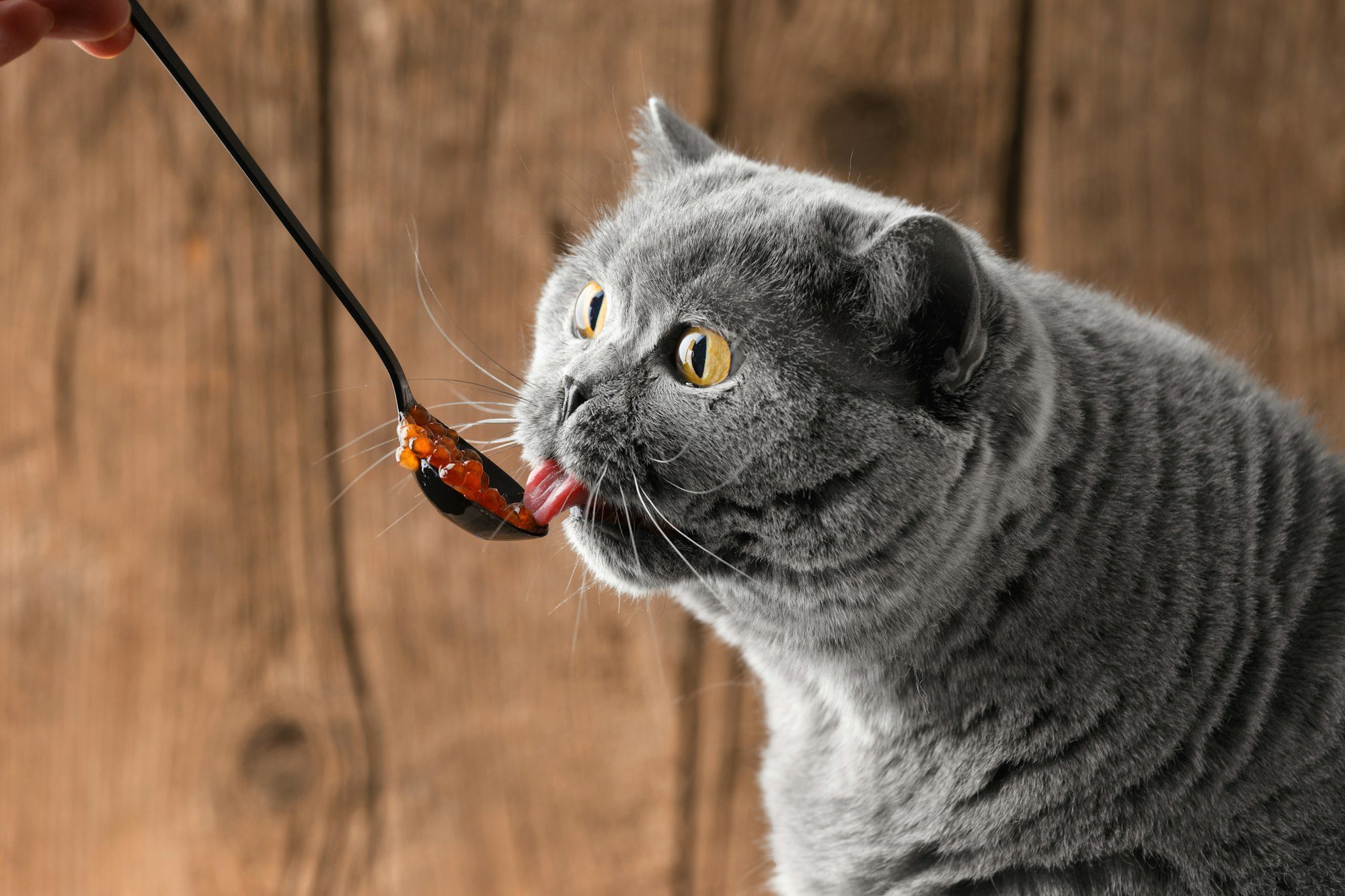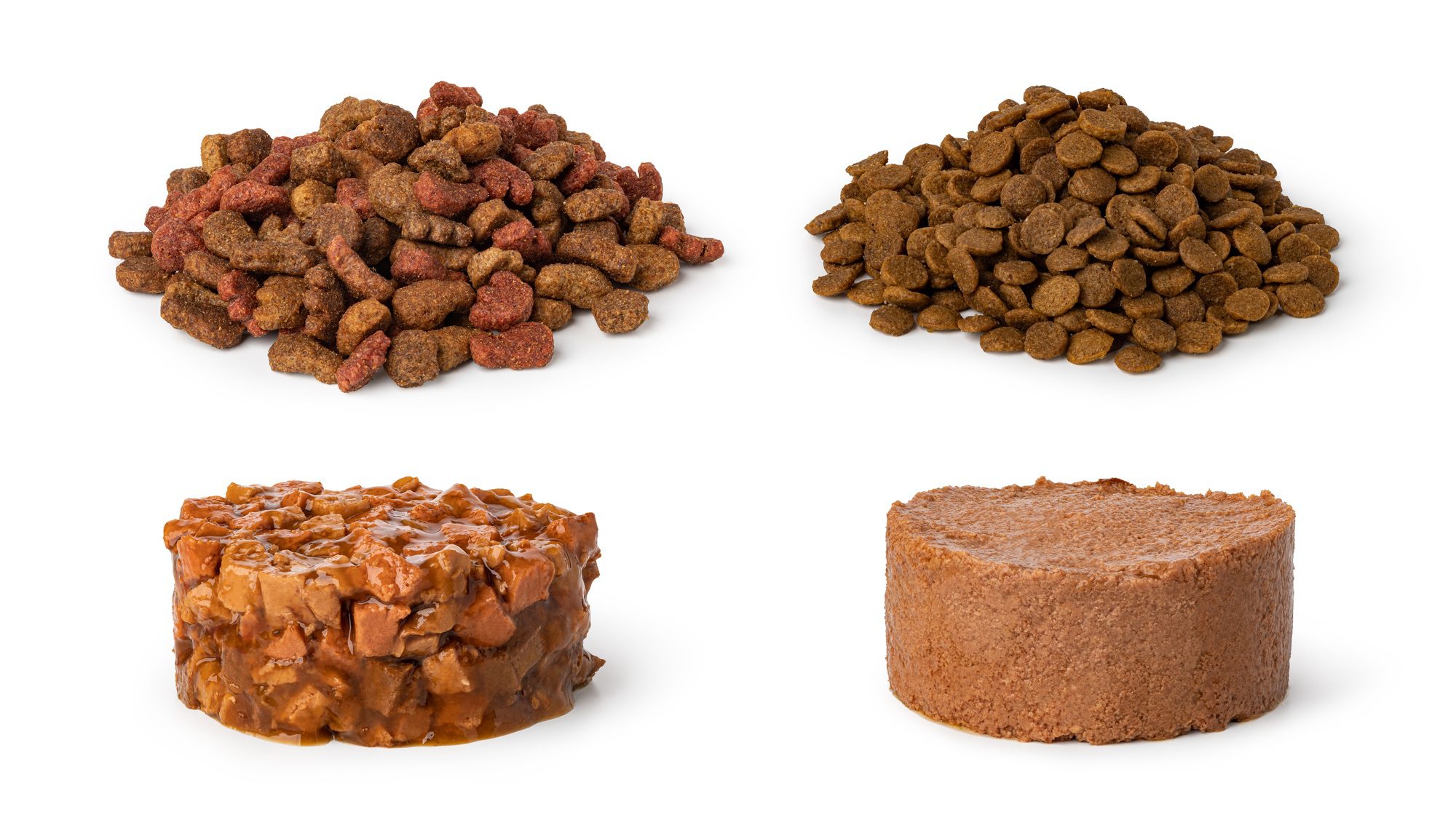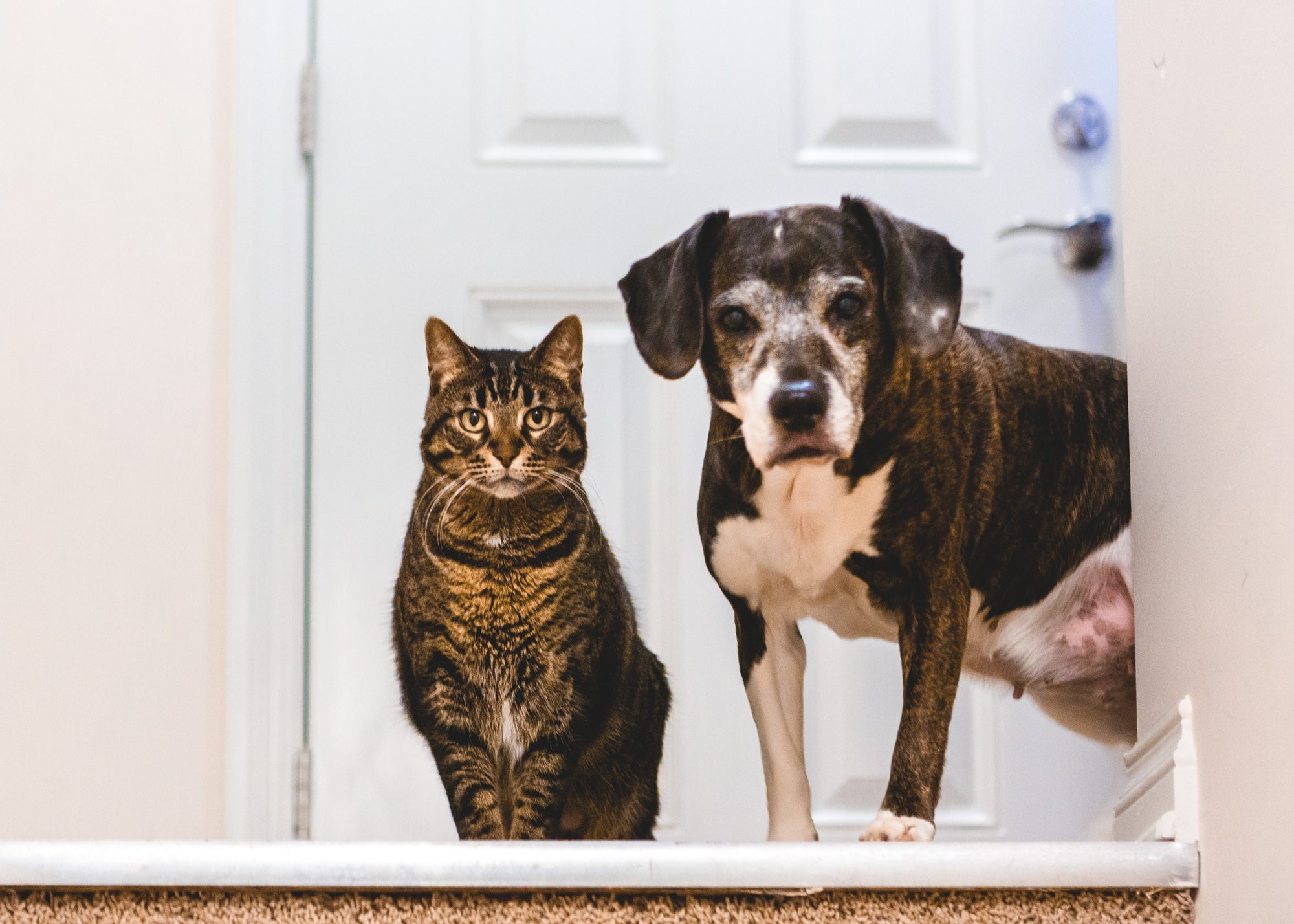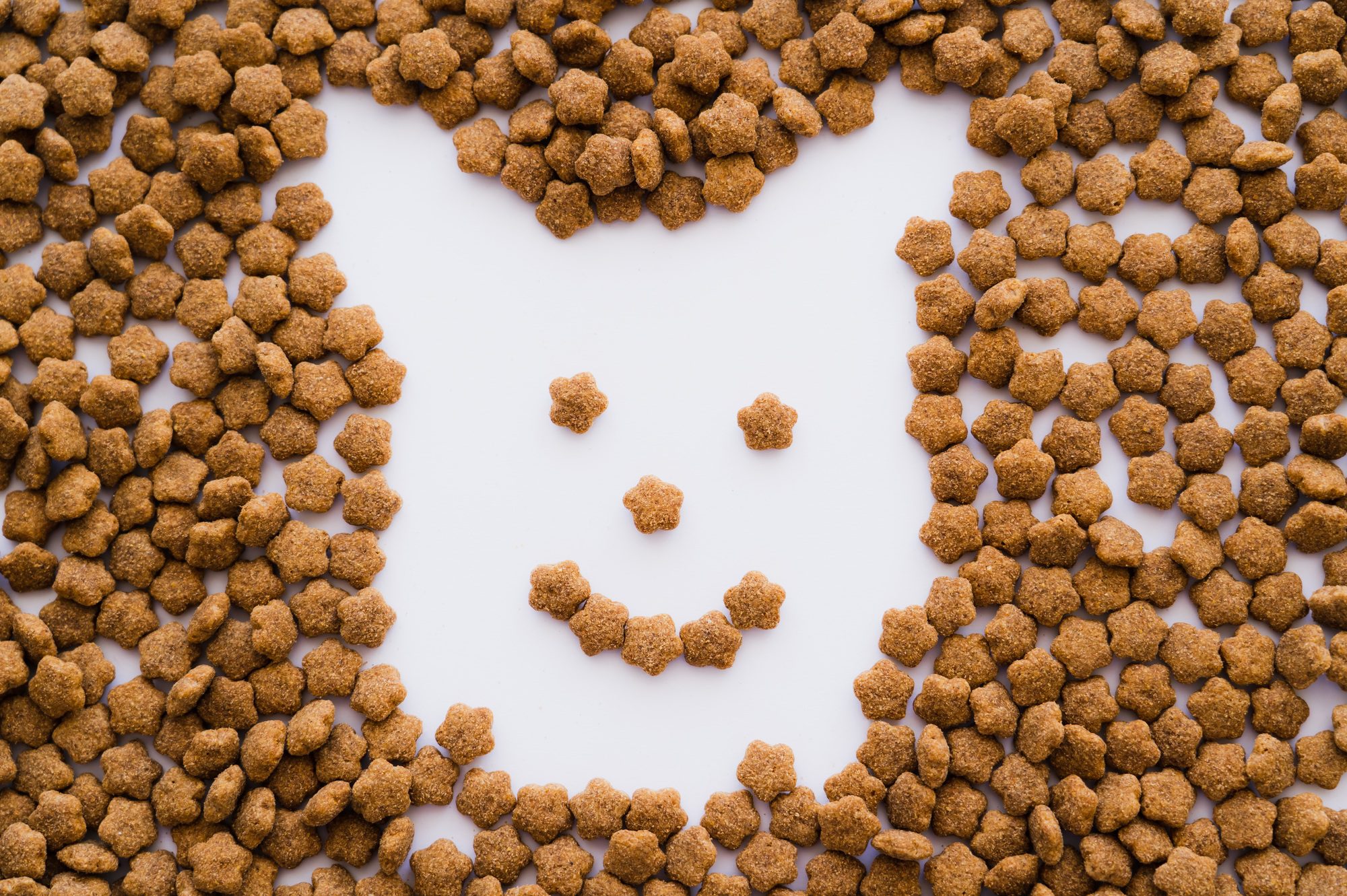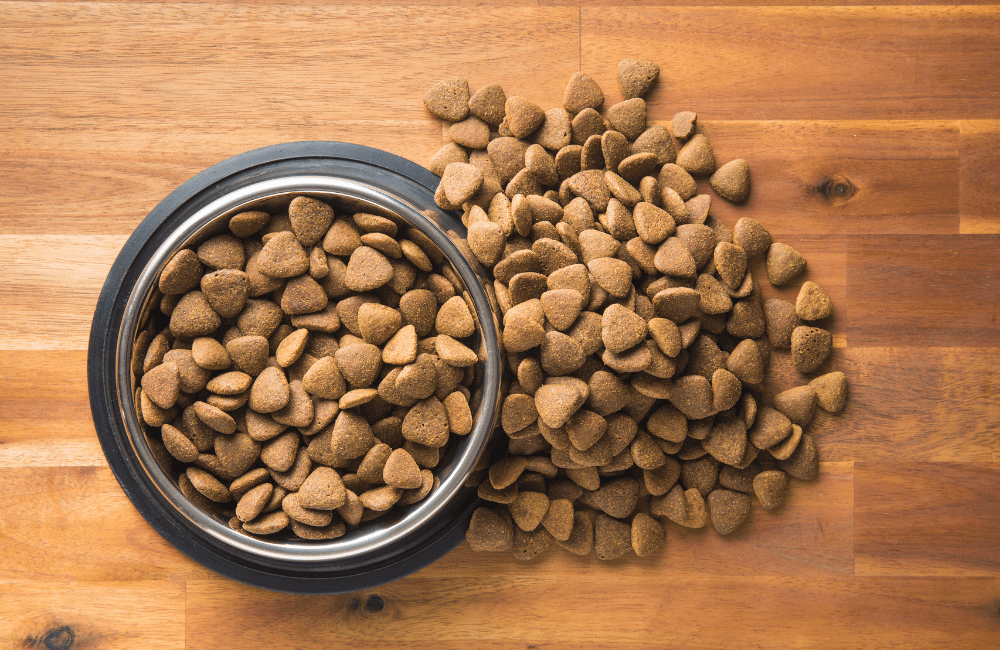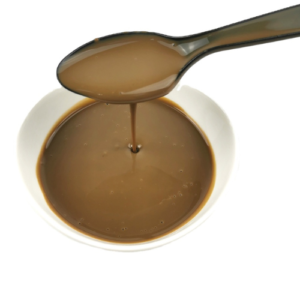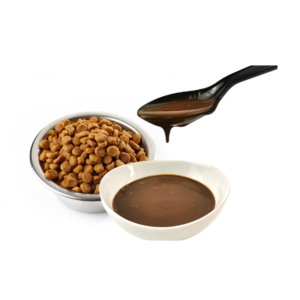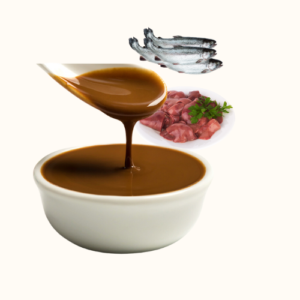Pet Food Manufacturers
Meta Description: Discover how to create high-quality cat food from scratch, including essential ingredients, nutritional guidelines, and the role of pet food palatants in enhancing flavor. Learn more at profypet.com.
Creating cat food from scratch involves more than just mixing a few ingredients together. It requires a deep understanding of feline nutrition, ingredient sourcing, food safety, and how to enhance the palatability of the final product. Whether you’re a pet food manufacturer, a pet food palatant wholesaler, or someone looking to explore the pet food industry, this guide will walk you through the essentials of making cat food that not only meets nutritional requirements but also appeals to cats’ taste preferences.
Understanding Feline Nutritional Needs
Cats are obligate carnivores, which means their diet must primarily consist of animal-based proteins. Unlike dogs, cats cannot thrive on a vegetarian or omnivorous diet. Essential nutrients such as taurine, arachidonic acid, and certain vitamins must come from animal sources, as cats’ bodies are not efficient at synthesizing them.
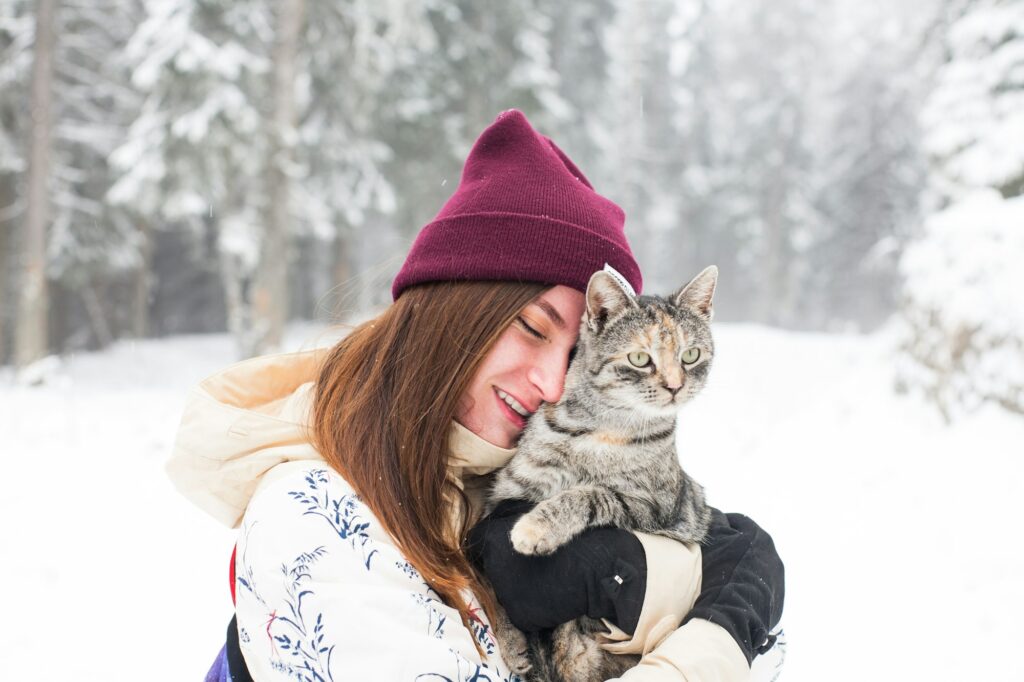
Key Nutrients for Cats:
- Protein: Vital for muscle maintenance and overall health. The protein should primarily come from animal sources like chicken, turkey, or fish.
- Taurine: An essential amino acid found in meat that supports heart function, vision, and reproduction.
- Fats: Provide energy and support cell structure. Omega-3 and Omega-6 fatty acids are crucial for healthy skin and coat.
- Vitamins and Minerals: Cats need a balanced intake of vitamins (like A, D, E, and B vitamins) and minerals (such as calcium, phosphorus, and magnesium) to maintain overall health.

Sourcing Quality Ingredients
When making cat food, the quality of ingredients is paramount. Opt for fresh, high-quality meats and ensure that all ingredients meet the standards for pet food production. Ingredients should be free from harmful additives, preservatives, and fillers that could compromise the food’s nutritional value.
Trending Ingredients in 2024:
- Novel Proteins: These are proteins that are not commonly used in cat foods, such as rabbit, venison, or duck. They are especially beneficial for cats with food allergies.
- Whole Ingredients: Using whole meats, vegetables, and grains (where appropriate) helps maintain the nutritional integrity of the food.
- Grain-Free Options: Many modern cat foods are grain-free, aligning with the natural diet of felines which typically does not include grains.
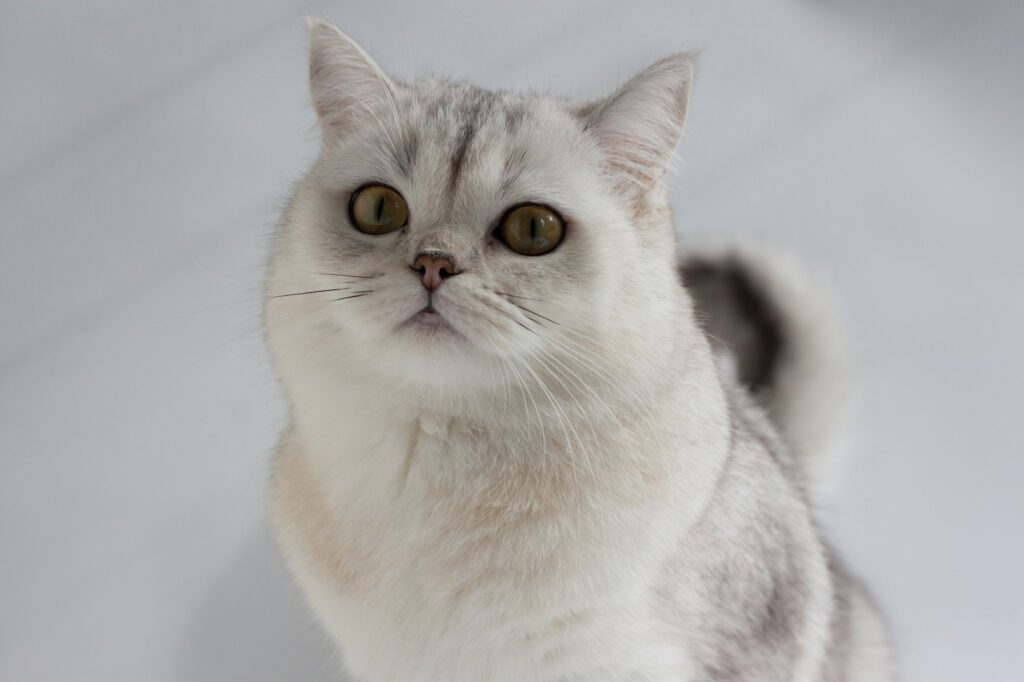
Crafting the Recipe: Step-by-Step
- Protein Base: Start with high-quality, animal-based proteins. Chicken, turkey, and fish are commonly used due to their palatability and nutritional profiles.
- Adding Fats: Incorporate healthy fats such as chicken fat or fish oil. These not only provide essential fatty acids but also enhance the flavor of the food.
- Carbohydrates (Optional): While not necessary for all cats, some recipes may include small amounts of digestible carbohydrates like sweet potatoes or peas for energy.
- Supplements: Ensure that the recipe meets all of the cat’s nutritional needs by adding supplements for vitamins, minerals, and taurine. This is crucial because homemade recipes can often fall short in these areas.
- Palatability Enhancers: This is where pet food palatants come into play. Adding a palatability enhancer can make the food more appealing to cats, encouraging them to eat and enjoy the meal. For more information on pet food palatants, visit ProfyPet.
- Mixing and Cooking: Combine the ingredients and cook them thoroughly to kill any harmful bacteria. This step is vital for food safety, especially if you are producing food at a larger scale.
- Packaging: Once the food is prepared, it should be packaged in a way that preserves freshness. Vacuum-sealed bags or cans are common choices for commercial products.
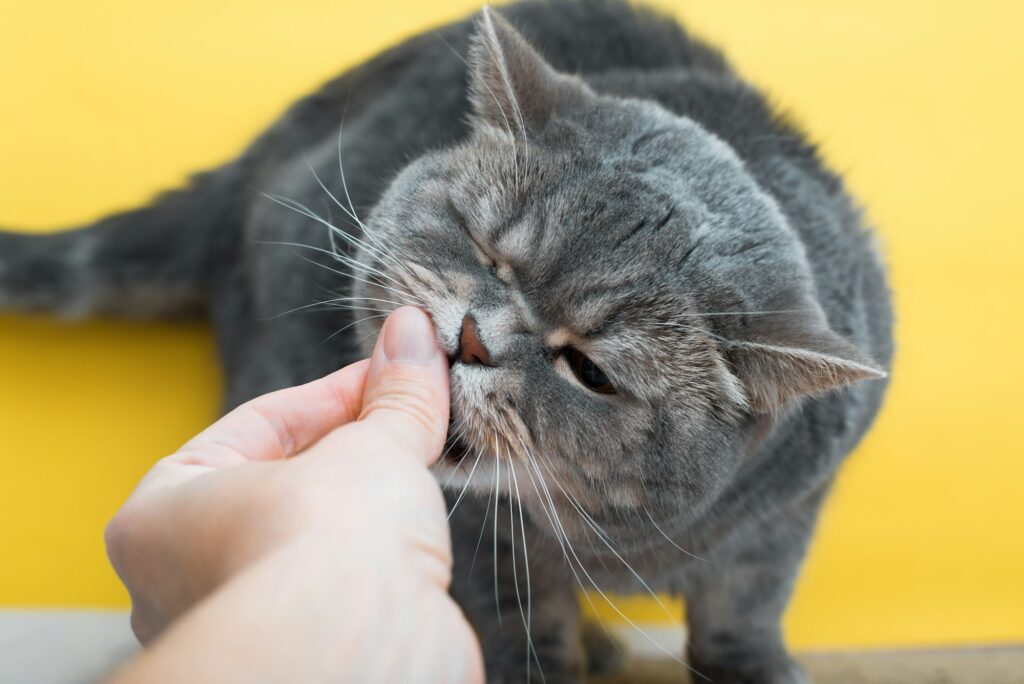
Ensuring Food Safety
Food safety is critical when producing cat food. The ingredients must be handled in a clean environment, and all equipment should be sterilized. Additionally, it’s essential to follow guidelines on cooking temperatures and storage to prevent contamination.
Best Practices:
- Steam Sterilization: A method being adopted more frequently in 2024, steam sterilization allows for the safe processing of ingredients without losing nutritional value.
- Regular Testing: Conduct regular testing for pathogens such as Salmonella or E. coli to ensure the food is safe for consumption.
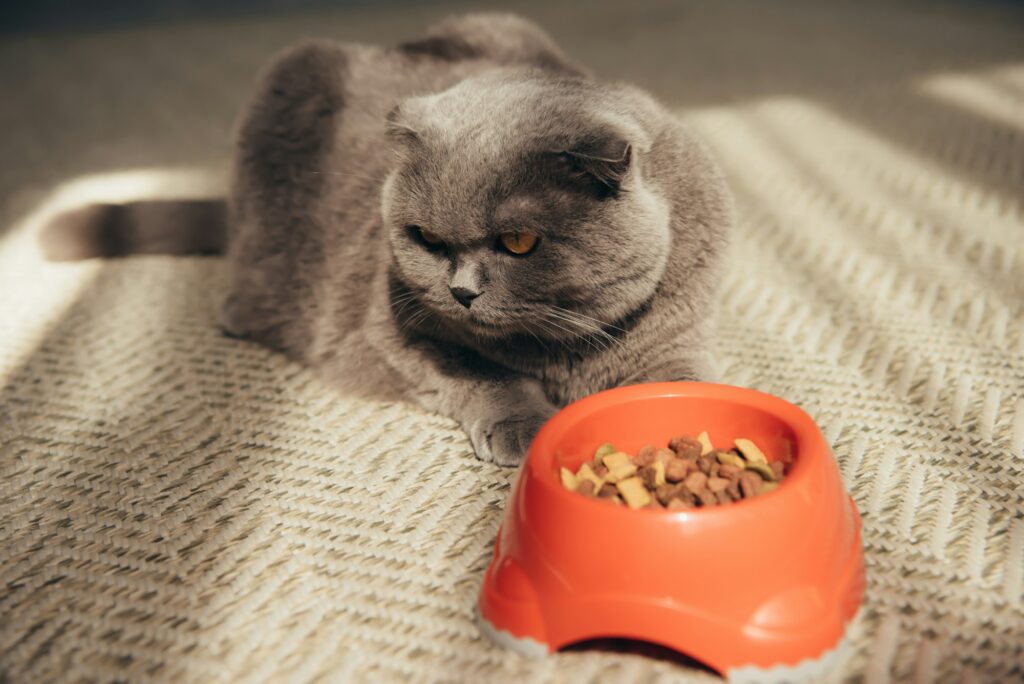
Enhancing Palatability with Pet Food Palatants
No matter how nutritious a cat food recipe is, it won’t benefit the cat if they refuse to eat it. This is where pet food palatants come in. These flavor enhancers are designed to make the food more appealing to cats, who can be notoriously picky eaters.
Types of Palatants:
- Animal-based Palatants: Derived from meat or fish, these are highly effective in enhancing flavor.
- Yeast-based Palatants: These provide a savory, umami flavor that many cats find irresistible.

Conclusion
Creating cat food is a complex process that requires attention to detail, a deep understanding of feline nutrition, and a focus on safety and palatability. Whether you’re new to the industry or looking to improve your existing products, following these guidelines will help ensure that your cat food meets the high standards that pet owners expect.
For more information on enhancing the palatability of your cat food products, visit ProfyPet.
By focusing on quality ingredients, safe production practices, and the strategic use of palatants, you can create cat food that not only supports feline health but also delights their taste buds.

